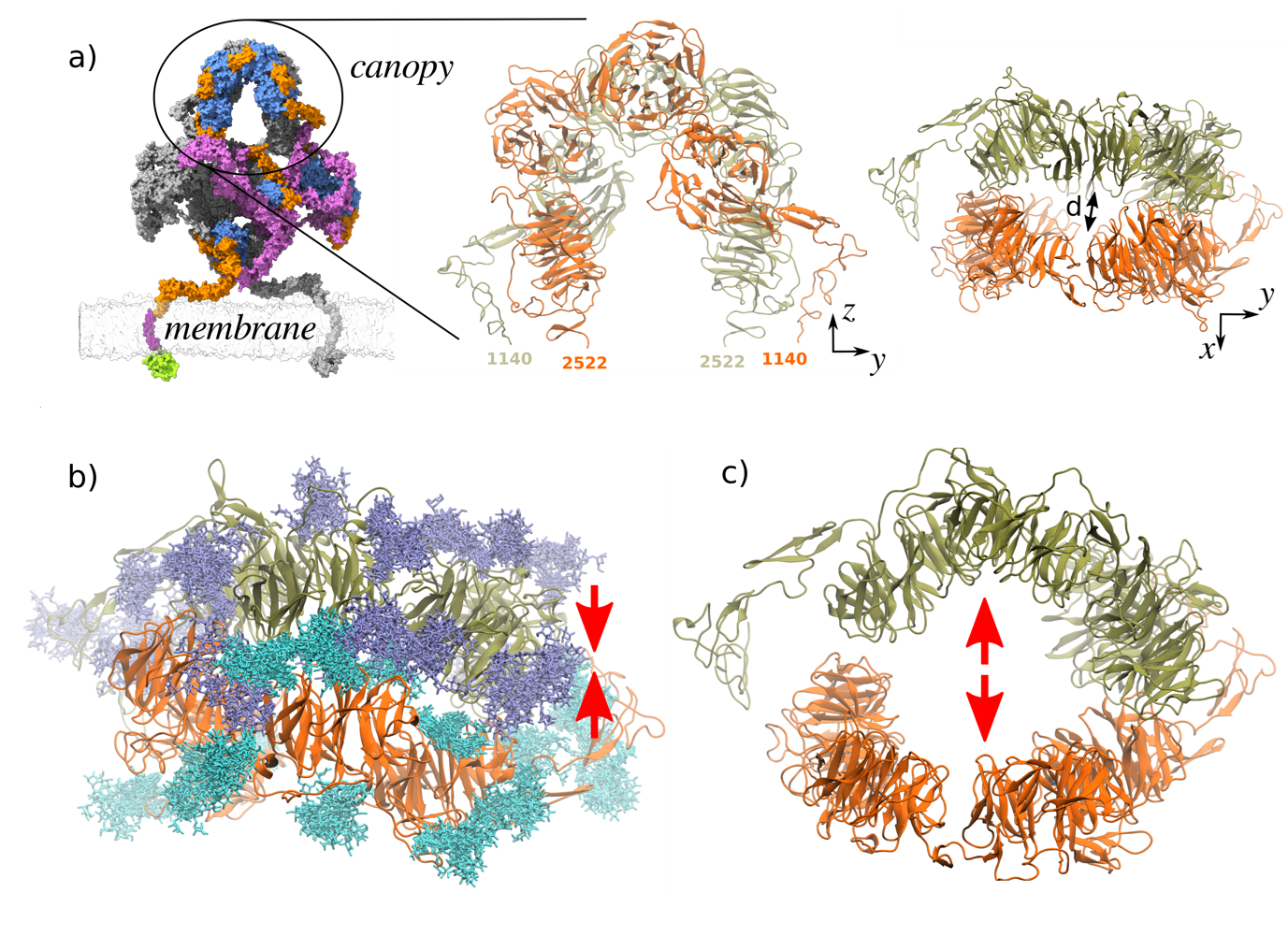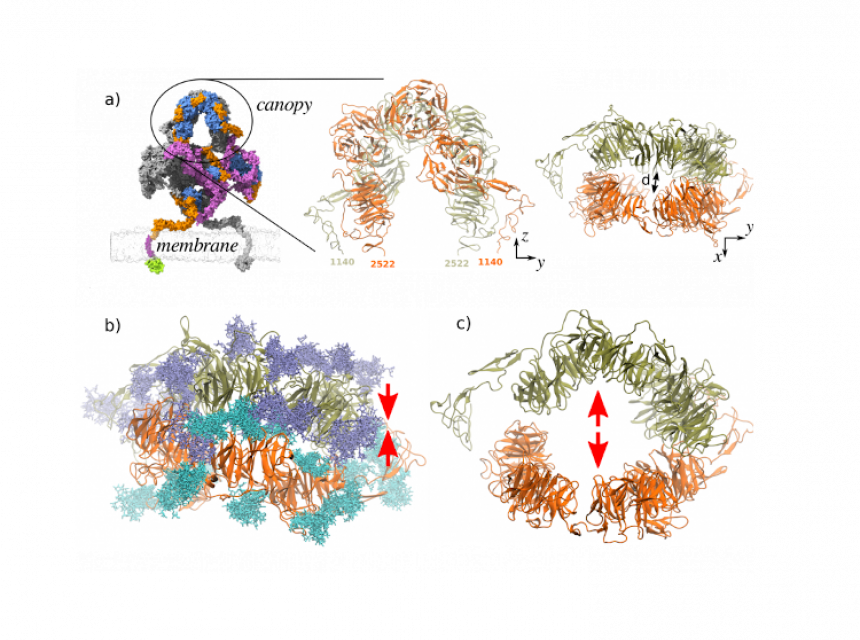Giuseppe Battaglia (IBEC) — LRP1's extended glycosylation may affect the protein's quaternary structure formation and stability
Don't miss any Success Story following us on X and LinkedIn!
@RES_HPC RES - Red Española de Supercomputación @res-icts.bsky.social
Check this Success Story at our LinkedIn: LRP1's extended glycosylation may affect the protein's quaternary structure formation and stability
🧠 💡 A RES Success Story about Advancing Neurodegenerative Disease Research💡 🧠
📋 "LRP1's extended glycosylation may affect the protein's quaternary structure formation and stability" led by Giuseppe Battaglia from Institute for Bioengineering of Catalonia (IBEC)
The brain is the most energy-consuming organ in the human body, needing a unique, specialized vasculature. That isolates the brain from the rest of the organism, the so-called 'blood-brain barrier' (BBB), controlling the passage of molecules to and from the brain.
Receptor LRP1 is a glycoprotein consisting of 4544 aminoacids which holds special interest as its malfunctioning is involved in many neurodegenerative diseases, such as Alzheimer's. However, LRP1's crystal structure is still unknown and limits potential therapeutic treatments.
The structure of membrane protein LRP2, which is closely related lo LRP1, has been resolved and is used as a template for proposing new LRP1 models using homology modelling. This model suggests that LRP1 can adopt a coiled conformation and form homodimers (a union of two identical molecules) in the canopy, a highly sugar-dense region. This protein modification adds long, branching sugar chains which are unique in humans compared to other organisms.
🖥️ Thanks to RES supercomputer #Cibeles from Universidad Autónoma de Madrid, the team the team performed atomistic Molecular Dynamics to analyze the canopy region of LRP1.
Simulations revealed glycans act as “dimeric glue,” stabilizing LRP1's canopy by reinforcing protein-protein interactions. Without them, the structure destabilizes, which suggests that glycans play an active role in maintaining LRP1's quaternary structure and, in consequence, in neurodegenerative disease mechanisms.
📷 The image shows:
🔹 The canopy region (Fig. 1.a), where dense glycosylation stabilizes LRP1 dimerization.
🔹 Glycan-protein interactions preserve structure (Fig. 1.b), while their absence disrupts protein contacts, causing conformational changes and destabilization (Fig. 1.c). This highlights glycans’ crucial role in maintaining quaternary structure.

📋 "LRP1's extended glycosylation may affect the protein's quaternary structure formation and stability" led by Giuseppe Battaglia from Institute for Bioengineering of Catalonia (IBEC)
The brain is the most energy-consuming organ in the human body, needing a unique, specialized vasculature. That isolates the brain from the rest of the organism, the so-called 'blood-brain barrier' (BBB), controlling the passage of molecules to and from the brain.
Receptor LRP1 is a glycoprotein consisting of 4544 aminoacids which holds special interest as its malfunctioning is involved in many neurodegenerative diseases, such as Alzheimer's. However, LRP1's crystal structure is still unknown and limits potential therapeutic treatments.
The structure of membrane protein LRP2, which is closely related lo LRP1, has been resolved and is used as a template for proposing new LRP1 models using homology modelling. This model suggests that LRP1 can adopt a coiled conformation and form homodimers (a union of two identical molecules) in the canopy, a highly sugar-dense region. This protein modification adds long, branching sugar chains which are unique in humans compared to other organisms.
🖥️ Thanks to RES supercomputer #Cibeles from Universidad Autónoma de Madrid, the team the team performed atomistic Molecular Dynamics to analyze the canopy region of LRP1.
Simulations revealed glycans act as “dimeric glue,” stabilizing LRP1's canopy by reinforcing protein-protein interactions. Without them, the structure destabilizes, which suggests that glycans play an active role in maintaining LRP1's quaternary structure and, in consequence, in neurodegenerative disease mechanisms.
📷 The image shows:
🔹 The canopy region (Fig. 1.a), where dense glycosylation stabilizes LRP1 dimerization.
🔹 Glycan-protein interactions preserve structure (Fig. 1.b), while their absence disrupts protein contacts, causing conformational changes and destabilization (Fig. 1.c). This highlights glycans’ crucial role in maintaining quaternary structure.


